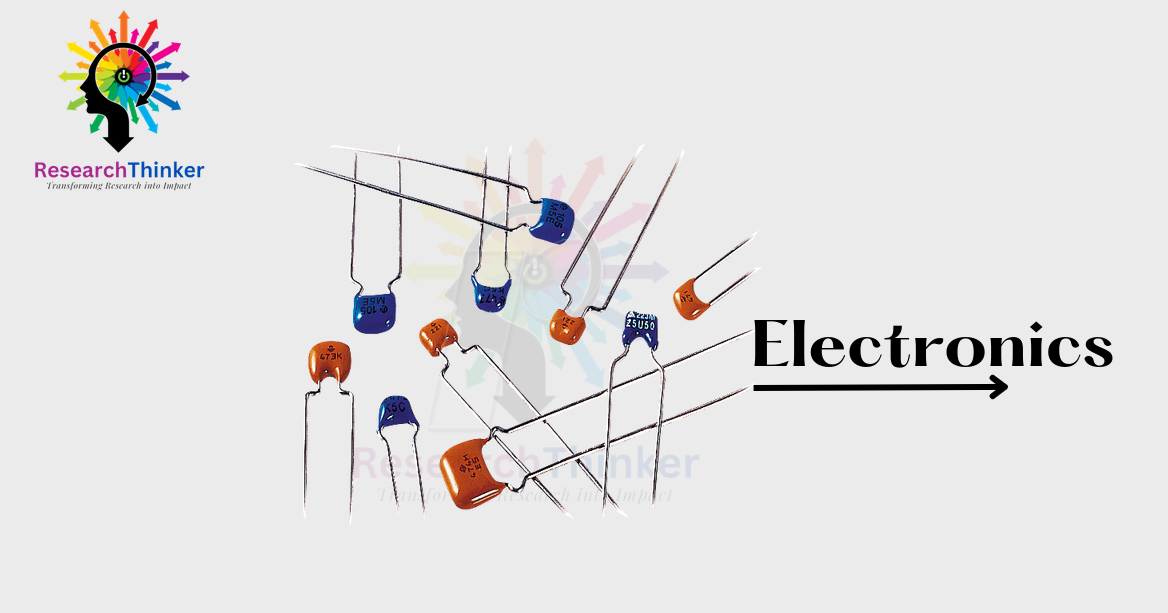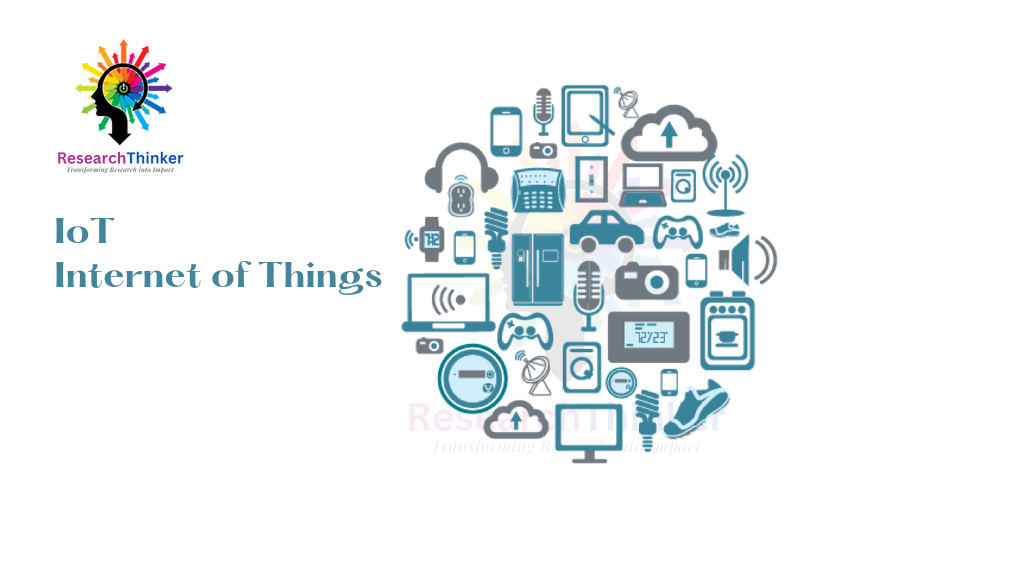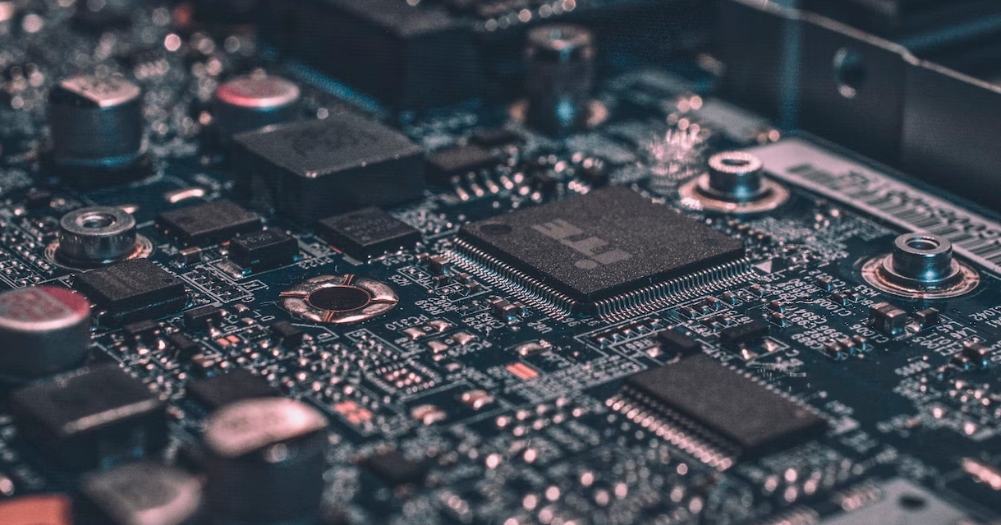A microcontroller typically consists of several basic components that enable its functionality and control. Here are the fundamental components found in a typical microcontroller:
- Central Processing Unit (CPU): The CPU is the core component of the microcontroller responsible for executing instructions, performing arithmetic and logic operations, and controlling the overall operation of the microcontroller.
- Memory: Microcontrollers have different types of memory to store program instructions and data:
- Program Memory (Flash): Non-volatile memory that holds the program code or firmware.
- Random Access Memory (RAM): Volatile memory used for temporary storage of data and variables during program execution.
- Electrically Erasable Programmable Read-Only Memory (EEPROM): Non-volatile memory for storing data that needs to be retained even when the power is turned off.
- Input/Output (I/O) Ports: These are the interfaces through which the microcontroller communicates with external devices, such as sensors, actuators, displays, and communication modules. I/O ports include digital input/output (GPIO) pins, analog input pins (ADC), and specialized interfaces like UART, SPI, I2C, and PWM.
- Clock Generator: The clock generator produces the necessary clock signals to synchronize the operations of the microcontroller. It provides a stable and precise timing reference for the CPU and other components.
- Timers and Counters: Microcontrollers often have built-in timers and counters that can generate precise time delays, measure external events, or perform tasks like generating PWM signals.
- Interrupt Controller: The interrupt controller manages and prioritizes interrupts from various sources, allowing the microcontroller to respond to external events or time-sensitive tasks promptly.
- Analog-to-Digital Converter (ADC): The ADC allows the microcontroller to convert analog signals from sensors or other sources into digital values that can be processed by the CPU.
- Power Management Unit: The power management unit regulates the power supply to the microcontroller, enabling efficient power usage, voltage regulation, and power-saving features like sleep modes.
- Serial Communication Interfaces: Microcontrollers often support various serial communication protocols, such as Universal Asynchronous Receiver-Transmitter (UART), Serial Peripheral Interface (SPI), and Inter-Integrated Circuit (I2C), enabling data exchange with other devices or systems.
These basic components, along with additional features specific to the microcontroller model, form the foundation of its functionality, enabling it to perform tasks, interact with external devices, and execute programmed instructions.
Other Popular Articles:-






